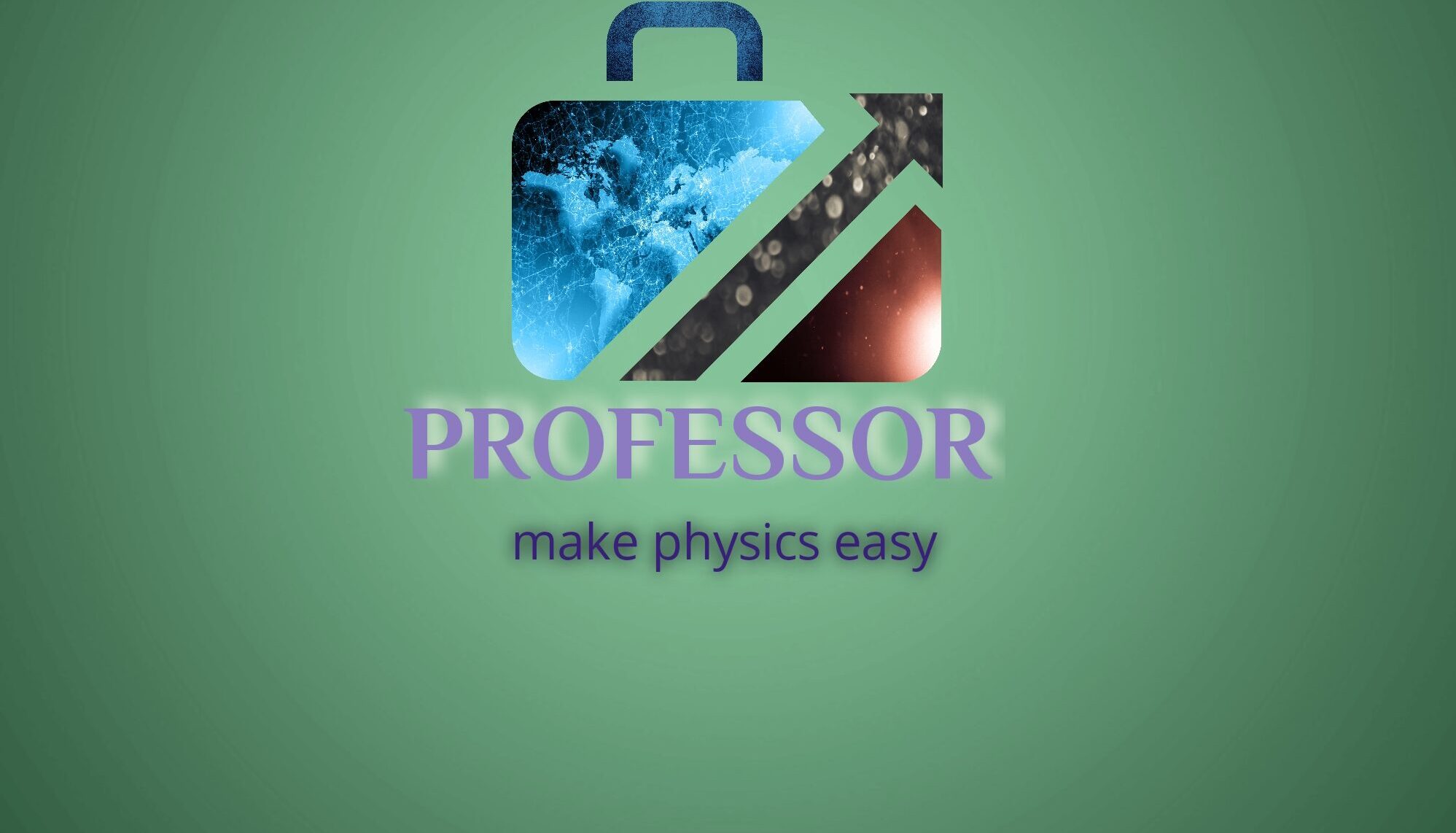What is light?
Light is a type of energy that allows us to see. It travels in waves and can come from sources like the sun, light bulbs, and fire. When light hits an object, it can bounce off and reach our eyes, helping us see colors and shapes.
Visible Light:- The light we see is just a small part of a much larger range of energy waves called the electromagnetic spectrum.
Energy Waves:- These waves carry energy from one place to another.
Electromagnetic Spectrum
Range of Waves:- The electromagnetic spectrum includes all types of electromagnetic waves, from very long radio waves to very short gamma rays.
Visible Spectrum: The part we can see includes colors like red, orange, yellow, green, blue, and violet.
Electromagnetic Waves
Electric and Magnetic Fields: Light waves are made up of electric fields and magnetic fields that move together through space.
Oscillating Fields: These fields oscillate, or move up and down, at right angles to each other and to the direction the wave is traveling.
Wave Properties
Wavelength: The distance between two peaks of a wave. Different wavelengths correspond to different colors of light.
Frequency: How many waves pass a point in one second? A higher frequency means more energy.
How Light Travels
Speed of Light: Light travels incredibly fast—about 299,792 kilometers per second (186,282 miles per second) in a vacuum.
Straight Line: Light usually travels in straight lines unless it interacts with something, like a lens or a mirror, which can change its direction.
Interaction with Matter
Reflection: Light bounces off surfaces.
Refraction: Light bends when it passes through different materials, like water or glass.
Absorption: Light energy is taken in by a material, which can heat up as a result.
Refraction
Refraction refers to the bending of light as it passes from one medium to another. This phenomenon occurs due to the change in speed of light when it travels through different materials. The change in speed causes the light to change direction, resulting in the bending effect. Refraction is responsible for various optical phenomena, such as the apparent bending of a straw in a glass of water or the formation of rainbows in the sky.
Reflection
Reflection is the process by which light bounces off a surface. When light encounters a smooth and shiny surface, such as a mirror, it reflects back at the same angle at which it hit the surface. This phenomenon allows us to see ourselves in mirrors and is also responsible for the reflection of light in various optical devices, such as telescopes and cameras.
Polarization
Polarization refers to the orientation of the electric field component of a light wave. When light is polarized, its electric field oscillates in a specific direction. Polarization can occur naturally, such as when light passes through certain materials, or it can be artificially induced using filters. Polarized light has numerous applications, including glare reduction, 3D movies, and optical communication.
Wave-Particle Dual Nature
The wave-particle dual nature of light is a fundamental concept in physics. It states that light exhibits both wave-like and particle-like properties. As a wave, light can diffract, interfere, and exhibit properties such as wavelength and frequency. As a particle, light consists of discrete packets of energy called photons. This duality is best explained by quantum mechanics and has revolutionized our understanding of the nature of light.
Photoelectric Effect
The photoelectric effect refers to the emission of electrons from a material when it is exposed to light. This phenomenon was first explained by Albert Einstein and played a crucial role in the development of quantum mechanics. The photoelectric effect is used in various technologies, such as solar panels and photodiodes, and has significant implications in understanding the behavior of light at the atomic level.
Compton Effect
The Compton effect, also known as Compton scattering, is a phenomenon where X-ray or gamma-ray photons interact with electrons, resulting in a change in their direction and energy. This effect provided experimental evidence for the particle-like nature of light and contributed to the development of quantum electrodynamics. The Compton effect is widely used in medical imaging and materials science.
Pair Production
Pair production is a process in which a photon interacts with a nucleus or an atomic electron, resulting in the creation of a particle-antiparticle pair. This phenomenon is governed by quantum field theory and occurs at high energies. Pair production plays a crucial role in particle physics and is used to study the fundamental particles and their interactions.
Spectroscopic Effect
The spectroscopic effect refers to the interaction of light with matter, leading to the absorption, emission, or scattering of light. Spectroscopy is a powerful technique used to study the properties of materials and analyze their composition. By examining the spectrum of light emitted or absorbed by a substance, scientists can gain insights into its atomic and molecular structure.
Light Effect on Quantum Level
On the quantum level, light interacts with matter in fascinating ways. It can induce transitions between energy levels in atoms and molecules, leading to the emission or absorption of photons. Light is also used to manipulate and control quantum systems, enabling advancements in fields such as quantum computing and quantum communication. Understanding the effect of light on the quantum level is essential for exploring the frontiers of modern physics.

